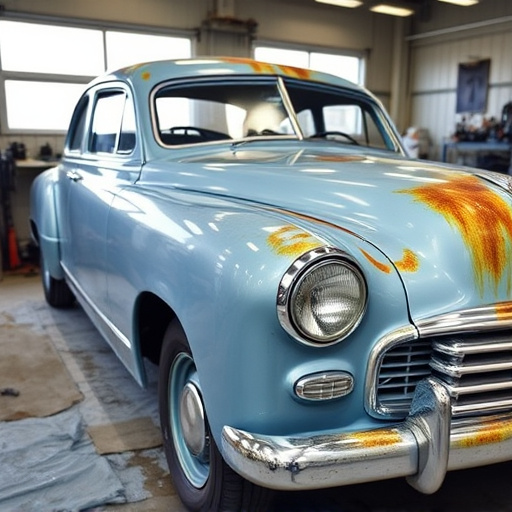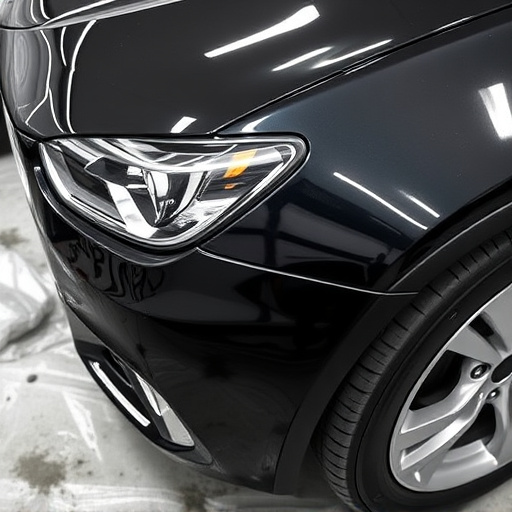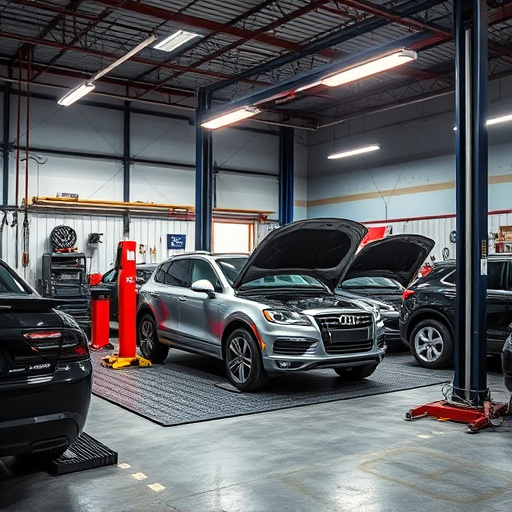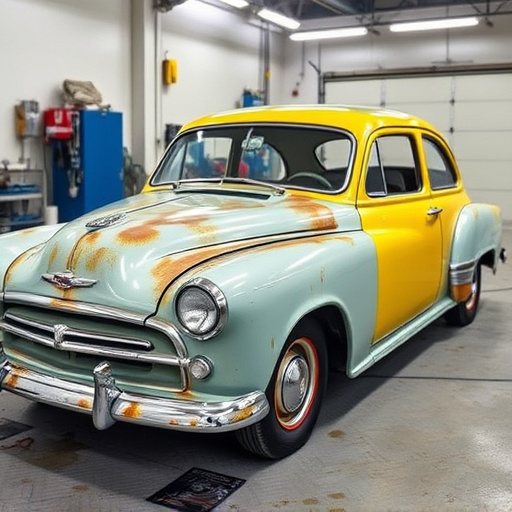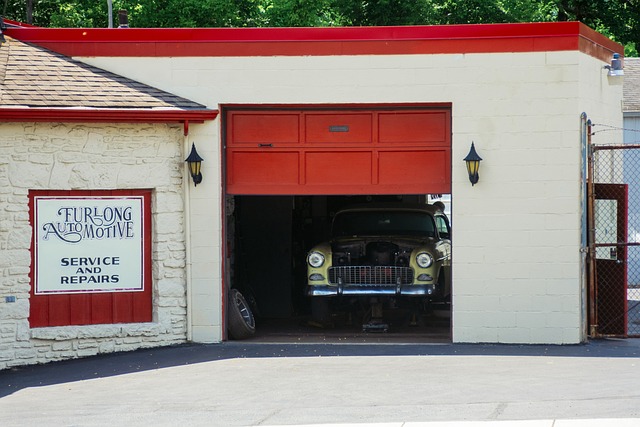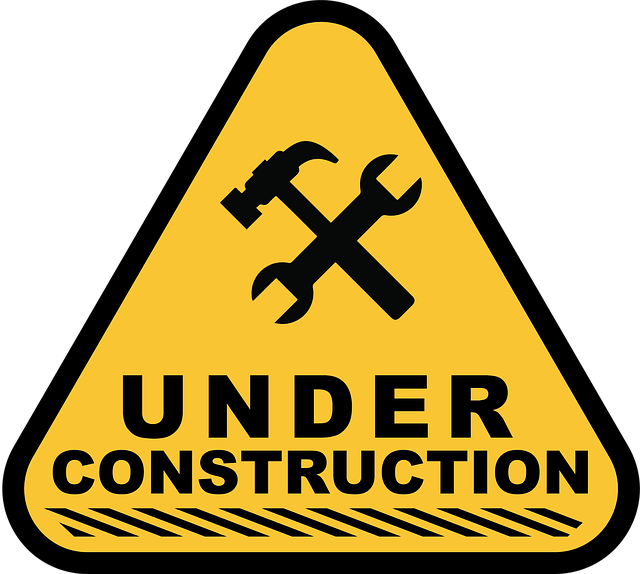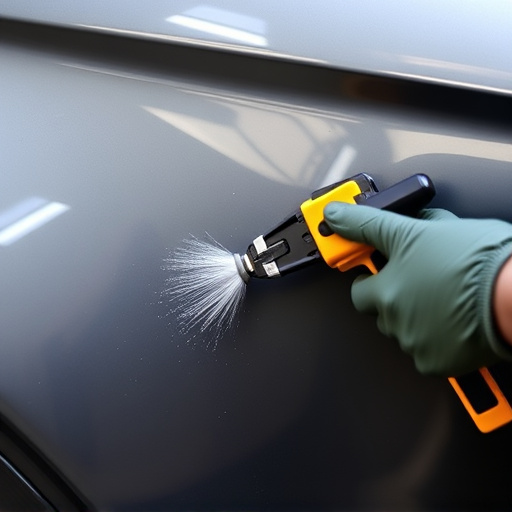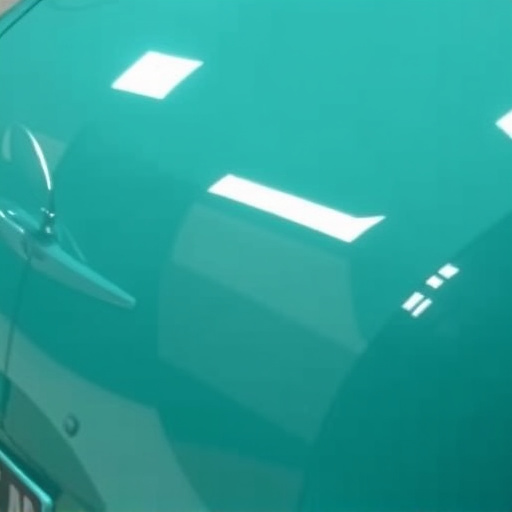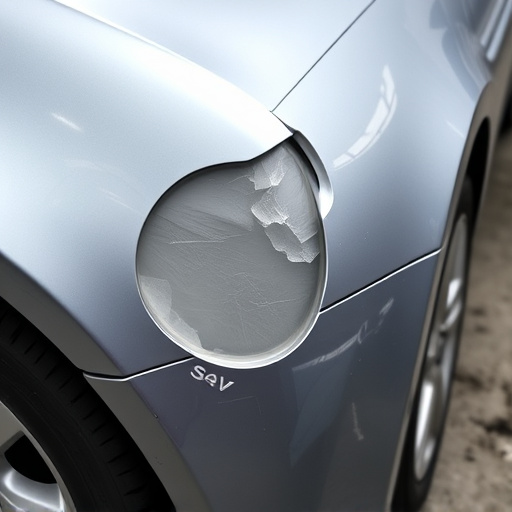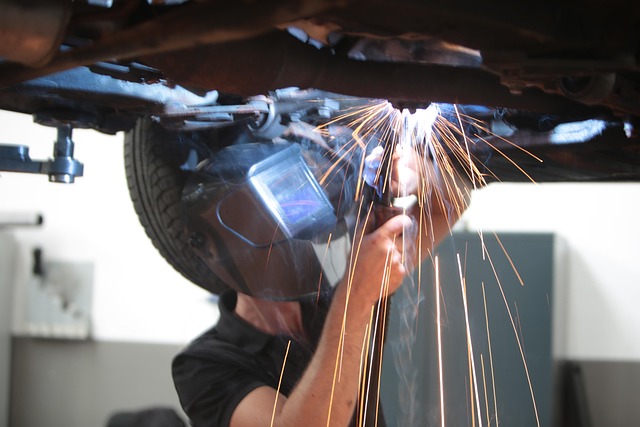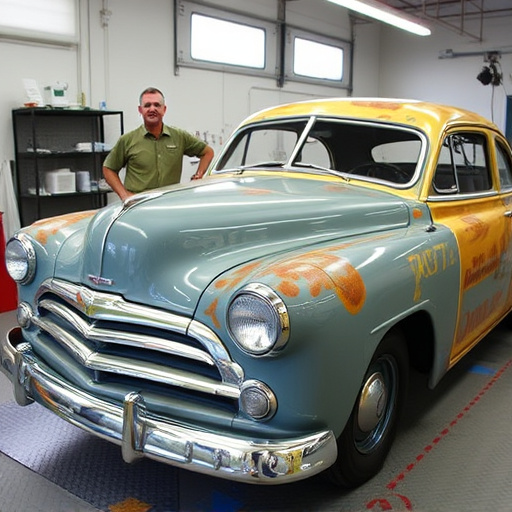In automotive leasing and trading, vehicle returns and trade-ins pose challenges for body shops, requiring extensive auto paint repair due to wear and tear. Skilled technicians are crucial for restoring vehicles to original condition or enhancing resale value through meticulous auto paint restoration techniques. The process involves detailed inspection, dent removal, frame straightening, and precise application of new paint layers. Efficient auto paint repair is vital for maintaining high resale value, saving time and money by addressing minor issues early. Establishing in-house auto paint repair programs with standardized procedures benefits shops and leasing companies alike.
Auto paint repair is a crucial aspect of preparing lease returns and trade-ins, ensuring vehicles are ready for resale. This comprehensive guide delves into the common scenarios these cars present, from minor scratches to significant dents. We outline the meticulous process of auto paint repair tailored to these unique challenges, offering tips for efficient, cost-effective solutions. By understanding these processes, car dealerships and detailers can maximize profitability while providing top-notch vehicle rejuvenation.
- Understanding Common Lease Return and Trade-In Scenarios
- The Process of Auto Paint Repair for These Vehicles
- Tips for Efficient and Cost-Effective Repairs
Understanding Common Lease Return and Trade-In Scenarios
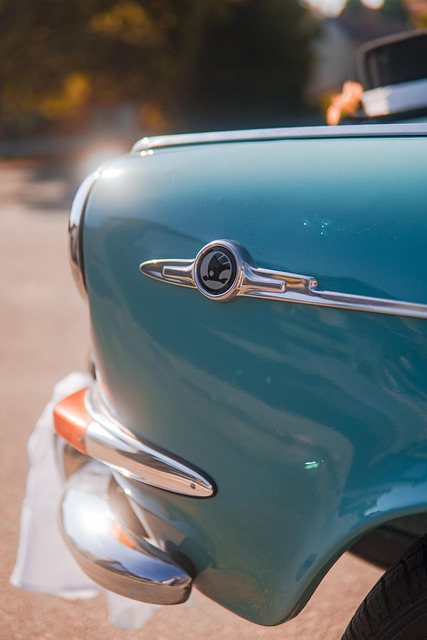
In the realm of automotive leasing and trading, understanding the typical scenarios that lead to vehicle returns is key for efficient auto paint repair processes. Many lease agreements come to an end after a set period, often resulting in cars being returned to the dealership or leasing company with varying levels of wear and tear. Similarly, trade-ins occur when owners choose to upgrade their vehicles, surrendering their current car in exchange for a new one. In both cases, the focus shifts to preparing the vehicle for resale or re-leasing, which requires meticulous attention to detail, especially regarding cosmetic repairs, including auto paint repair.
These situations present unique challenges for auto body shops and car paint repair specialists. They might involve fixing minor dents, scratches, or chips in the paint, as well as addressing more extensive damage from accidents or long-term use. Car body repair experts play a crucial role in restoring these vehicles to their original condition or enhancing their resale value through meticulous auto paint restoration techniques.
The Process of Auto Paint Repair for These Vehicles

The process of auto paint repair for lease returns and trade-ins involves several critical steps designed to restore the vehicle’s original appearance and value. It begins with a thorough inspection to identify any damages, including dents, scratches, or chips in the paint. This initial assessment is crucial as it guides the subsequent repair techniques. For minor imperfections, such as small dents or scratches, dent removal techniques are employed. These often involve using specialized tools to press out the dent without damaging the surrounding paintwork.
For more severe damage, including large dents or extensive paint chips, frame straightening may be required. This involves manipulating the vehicle’s frame to return it to its original shape, ensuring that the paint job is not only visually appealing but also structurally sound. Once the frame is straightened and any necessary body work is completed, the auto repair shop moves on to the auto paint repair itself. Skilled technicians apply new paint layers with precision, matching the original color precisely to ensure a seamless finish. This meticulous process restores the vehicle’s aesthetics, making it ready for resale or further use while maximizing its resale value.
Tips for Efficient and Cost-Effective Repairs

When dealing with lease returns or trade-ins, efficient and cost-effective auto paint repair is crucial for maximizing resale value. One key tip is to prioritize minor dents and scratches early on. While larger repairs are significant, small issues like door dings and minor chips can often be addressed quickly using techniques like dent pulling or touch-up painting. This not only saves time but also minimizes costs, as these methods are generally less labor-intensive compared to full paint jobs.
Additionally, establishing a robust in-house auto paint repair program can greatly enhance efficiency. This involves investing in quality tools and equipment, training staff on the latest techniques, and implementing standardized procedures for various car collision repairs. By streamlining the process, you can reduce turnaround times and ensure consistent results. This approach not only benefits individual shops but also leasing companies looking to efficiently restore vehicles for resale or re-lease.
When it comes to lease returns and trade-ins, proper auto paint repair is essential for maintaining vehicle value. By understanding common scenarios and implementing efficient processes, dealers and body shops can ensure cost-effective repairs that satisfy both customers and lenders. Leveraging advanced techniques and cost-saving tips can revolutionize how these vehicles are restored, creating a seamless experience in today’s competitive automotive market.
